
TOMS RIVER – Very few municipalities can claim to have lived through what Toms River did.
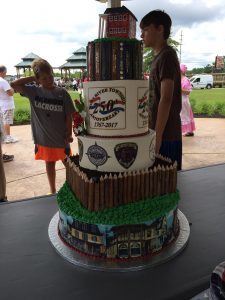
Usually, being burned to the ground during a major war is pretty much enough to end a town. It would be hard to imagine those ruins, in a township made up of 100,000 people today. A town with 18 public schools. A town with a six-lane highway running through the middle of it.
A town where a significant battle of the Revolutionary War was staged in a location that is now home to a downtown area and a public park. And it was at the re-opening of that park that about a hundred people came to celebrate the township’s Semiquincentennial Celebration, honoring 250 years since it was incorporated as its own municipality on June 24, 1767.
Walking paths striped patches of lawn. Benches looked out over waterways. Silhouettes of patriot soldiers, designed by local art students, guarded the entranceways. Gazebos acted as centerpieces where people gathered.
Many local officials gave praise to the founding fathers, and those who are in power now. Mayor Thomas Kelaher, Senator Tom MacArthur, and Assemblyman Greg McGuckin were among the speakers, and a letter from Gov. Chris Christie was read.
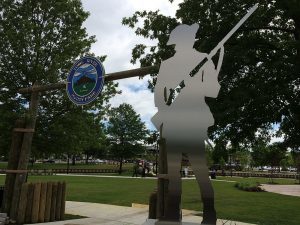
The Old Barracks Fife and Drum Corps performed the National Anthem, as well as a few other period pieces. That wasn’t the only music, though. The crowd sang “Happy Birthday” to the town and had a cake decorated with images of Toms River’s history.
The park was rededicated with the Captain Joshua Huddy Chapter of the National Society of the Daughters of the American Revolution. The Boy Scouts of America “Order of the Arrow” served as Color Guard.
There was a quick thunderstorm that morning, but by the time of the ceremony, there were blue skies and a heavy wind that served as a reminder of the past storm.
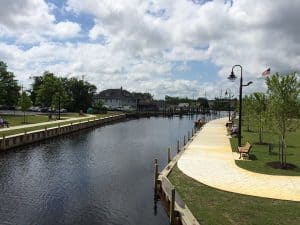
J. Mark Mutter, the township clerk and historian, put the 250 years in perspective. Originally, Toms River was part of Shrewsbury. Too large to govern or travel adequately in the 18th century, the residents petitioned their leaders to be split off and given autonomy. There were three ways this could be done: by an act of king or queen, by an act of their court, or by the state assembly. They chose the last one. In January of 1767, a group of business owners made their petition, citing “many and great difficulties.” It took five months for the decision to be made at the next meeting of the assembly. The original dimensions of the town were not as they are now. Dover, as it was then called (renamed Toms River in 2006), reached as far as the Metedeconk River to the north and Oyster Creek to the south, the Atlantic Ocean to the east and the border of Burlington County to the west. It was 282,000 acres. Still a large municipality, but more manageable by comparison. “It was all of modern day northern Ocean County,” he said.
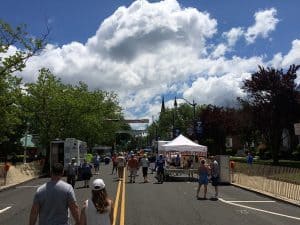
As the Revolutionary War was winding down, there were still a few skirmishes here and there, Mutter explained. Either news hadn’t reached the soldiers yet, or people were settling grudges. Toms River became the site of a battle that almost derailed peace talks in Paris.
Since Toms River had a salt works at Shelter Cove, the block house on Robbins Street, and privateers hitting British ships, the British drew a bullseye on the town. Already, they had attacked twice and lost. The patriots asked for help and they got Joshua Huddy. He was sent from Shrewsbury to defend Toms River. He had a bit of a reputation. He was a privateer on the vessel the Black Snake. He engaged in quite a few land battles as well.
“He had, for a long time, been a trouble maker for the British,” he said.
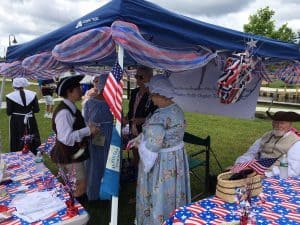
In 1782, the British troops, not accepting defeat, docked their warship The Arrogant near the present day Mathis Bridge to Seaside Heights and marched down to Toms River. They killed 9 soldiers and captured Huddy. Later, he was hung without trial.
“Not content with a military victory, the burned the town,” he said. Only two buildings survived the ambush.
The patriots lost the battle but won the war for independence. “It was David versus Goliath and David ultimately won,” he said.
Dover, of course, rebuilt, and 68 years later it became the county seat.
“No other town in America can say they faced utter defeat and destruction to become the county seat all within one lifetime,” he said.
Today, either by fire or the passage of time, those buildings are gone, with monuments serving as a reminder of the past violence. At the end of the ceremony, doves were released to symbolize peace.







